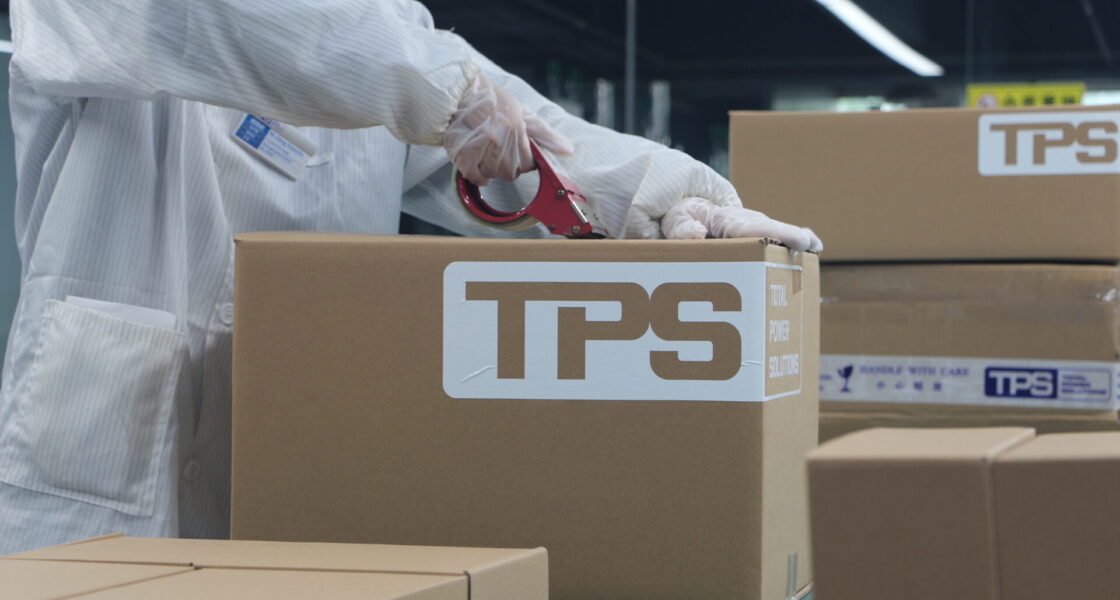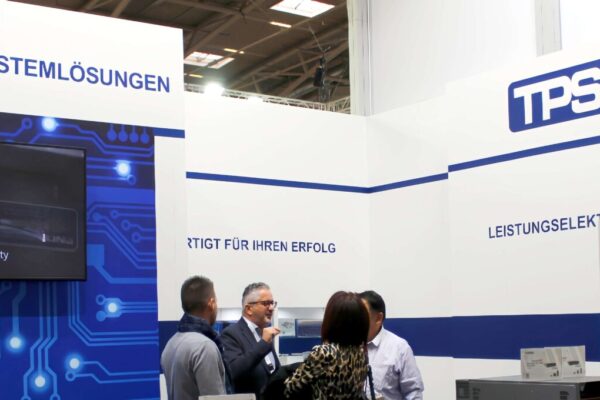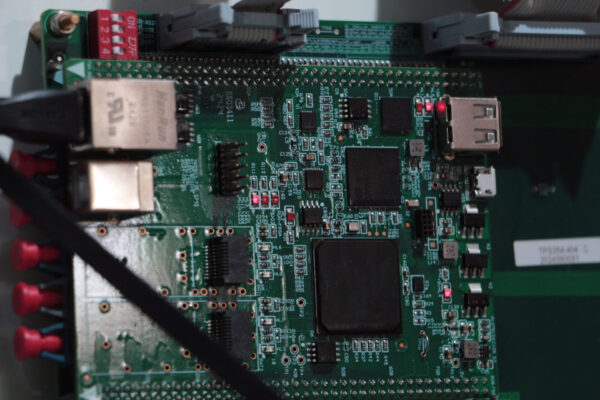A consumer electronics manufacturer approached TPS Elektronik to address increasing logistical inefficiencies across its supply chain. While the company was experiencing rapid growth, its inventory management lacked coordination between procurement, storage, and packaging operations.
As a result, storage costs were rising, and a large stockpile of unsold components accumulated. Processes for managing excess inventory were unstructured, and no standardized system existed for tracking surplus electronic components.
The warehouse workflows were largely manual, and packaging procedures differed between product lines. The client required more structured and scalable packaging workflows, ranging from custom electronics packaging for industrial components to retail-ready consumer electronics packaging.
With production volumes increasing, the company also sought to introduce a digital warehouse management system to automate order processing and improve transparency and efficiency.
The TPS Solution
TPS Elektronik implemented a comprehensive strategy based on digitalization, lean principles, and standardized packaging workflows.
1. Inventory Management Transformation
- Introduced a digital framework for real-time transparency between production, storage, and procurement.
- Implemented structured processes for managing excess electronic components to identify slow-moving or obsolete stock.
- Developed customized workflows for improved tracking and more efficient utilization of surplus inventory.
2. Lean Supply Chain Integration
- Deployed a kanban-based inventory management approach to reduce material shortages and avoid unnecessary overstocking.
- Implemented a demand-driven replenishment model that synchronized procurement with actual production needs.
3. Advanced Packaging Solutions
- Delivered end-to-end custom packaging services for high-value industrial assemblies.
- Supported the client with consumer electronics packaging for retail-ready products to enhance presentation and consistency.
- Standardized packaging processes across product categories to ensure uniform protection, labeling, and compliance.
- Integrated packaging into fulfillment workflows to streamline shipping preparation and reduce overall processing time.
4. Warehouse and Fulfillment Optimization
- Installed a digital warehouse management system linking all storage, picking, and dispatch activities.
- Enabled real-time stock visibility, barcode-based workflows, and predictive demand planning.
- Improved overall warehouse efficiency through automated task allocation and digitalized processes.
Results
The collaboration delivered measurable improvements:
- Reduced inventory costs: More efficient inventory management lowered warehouse expenses by around 25%.
- Less surplus stock: Structured excess inventory processes reduced unused parts by approximately 40%.
- Higher efficiency: Kanban implementation shortened lead times by about 30%.
- Improved packaging quality: Standardized packaging reduced transport-related damages by roughly 20%.
- Digital transformation: The new warehouse management system increased overall productivity by nearly 35%.
Conclusion
This project demonstrates how TPS Elektronik supports electronics manufacturers in optimizing their logistics, inventory, and packaging processes. By aligning inventory management, lean supply chain principles, and standardized packaging workflows, TPS Elektronik helped the client build a more efficient and resilient operation.
With the introduction of a modern warehouse management system, the customer gained full digital transparency over key logistics processes and benefited from higher productivity and improved fulfillment performance.
TPS Elektronik remains a reliable partner for companies seeking smarter inventory strategies and scalable packaging solutions in the electronics industry.




